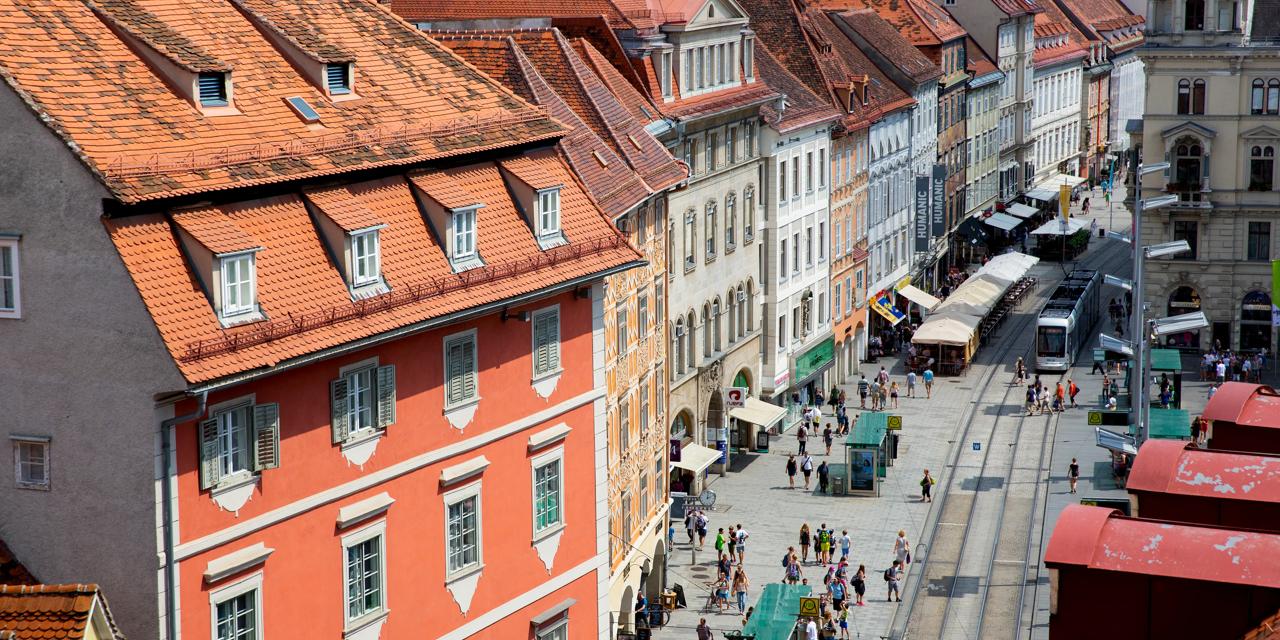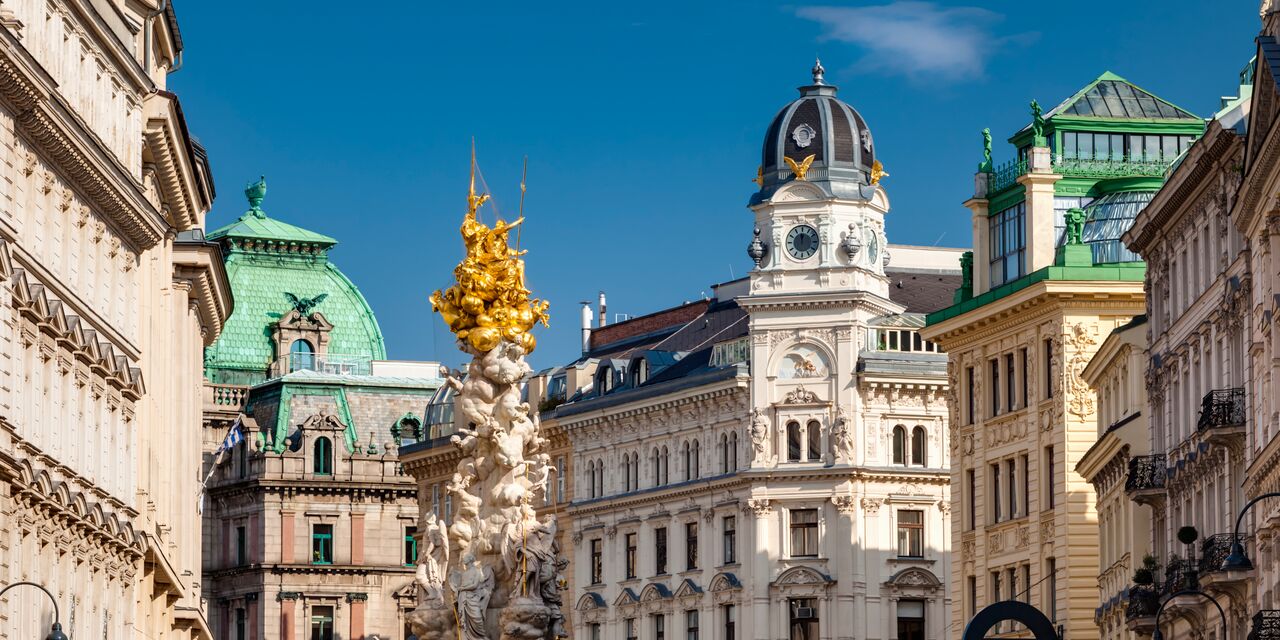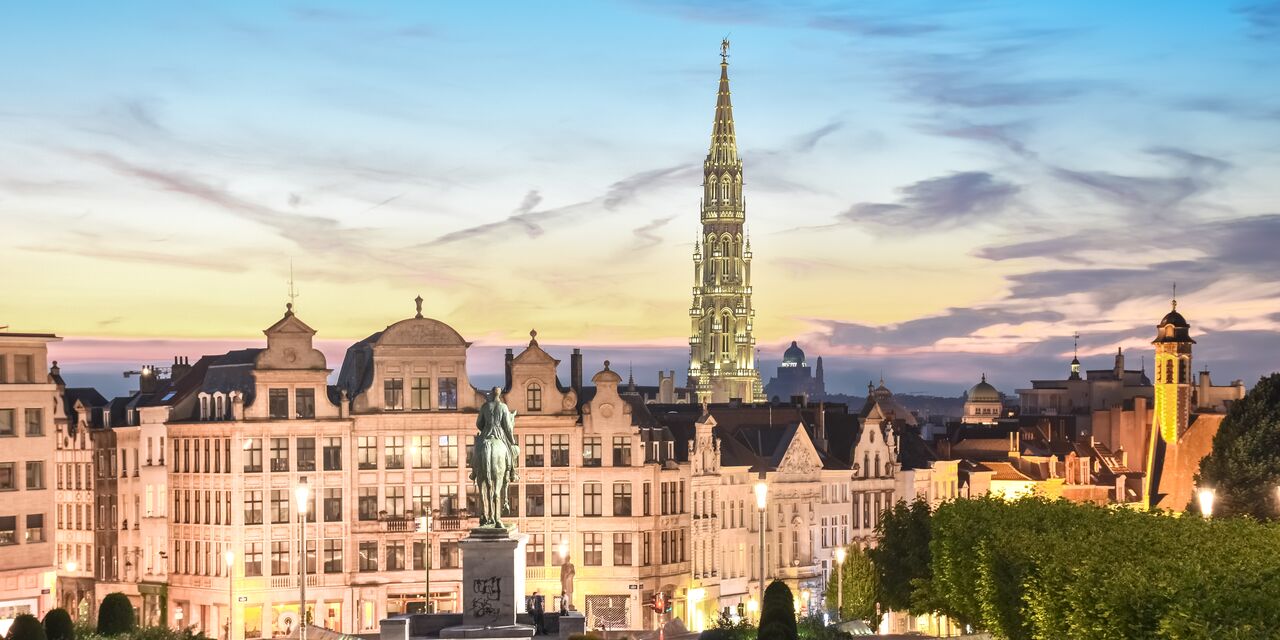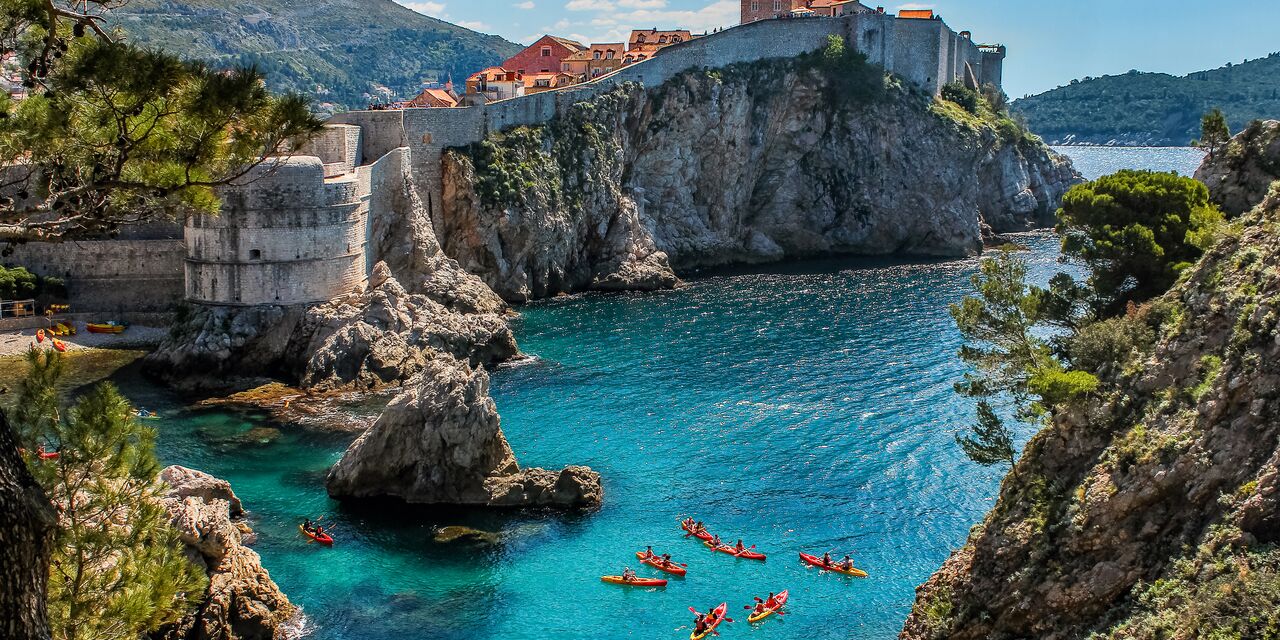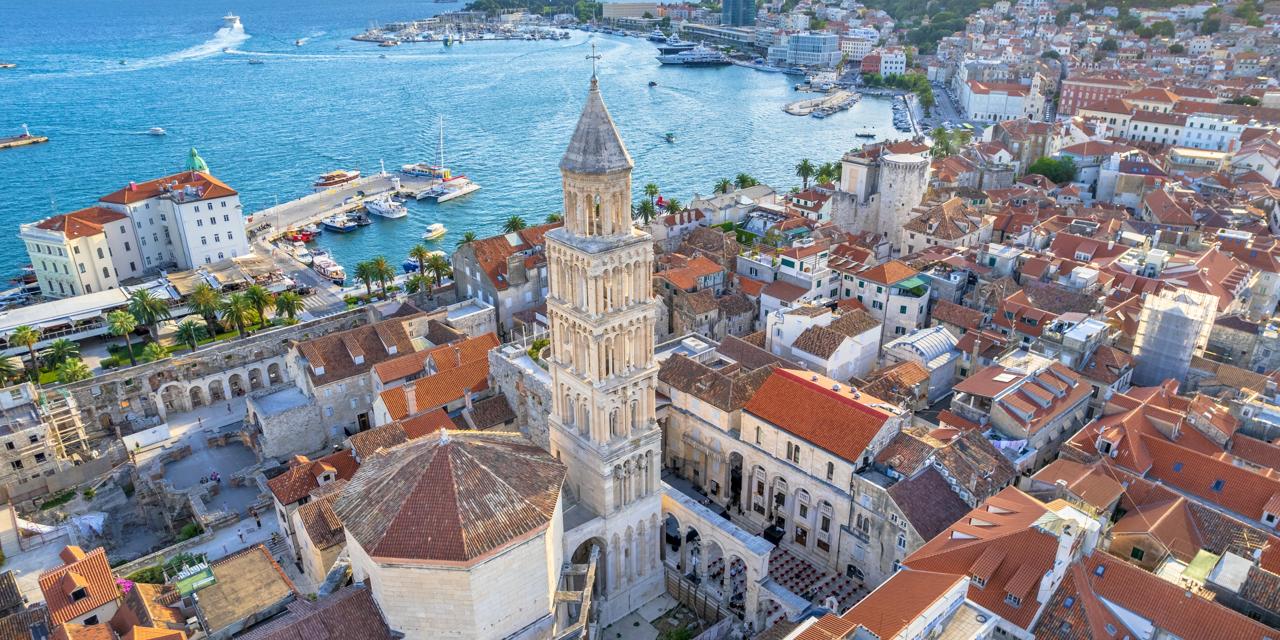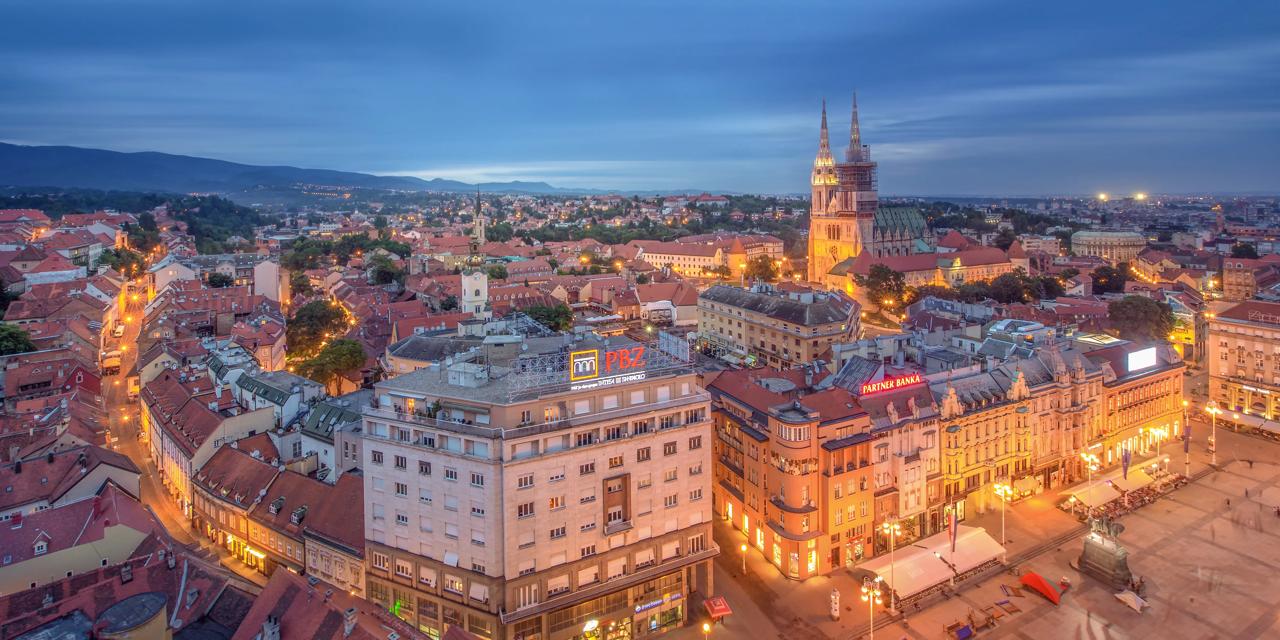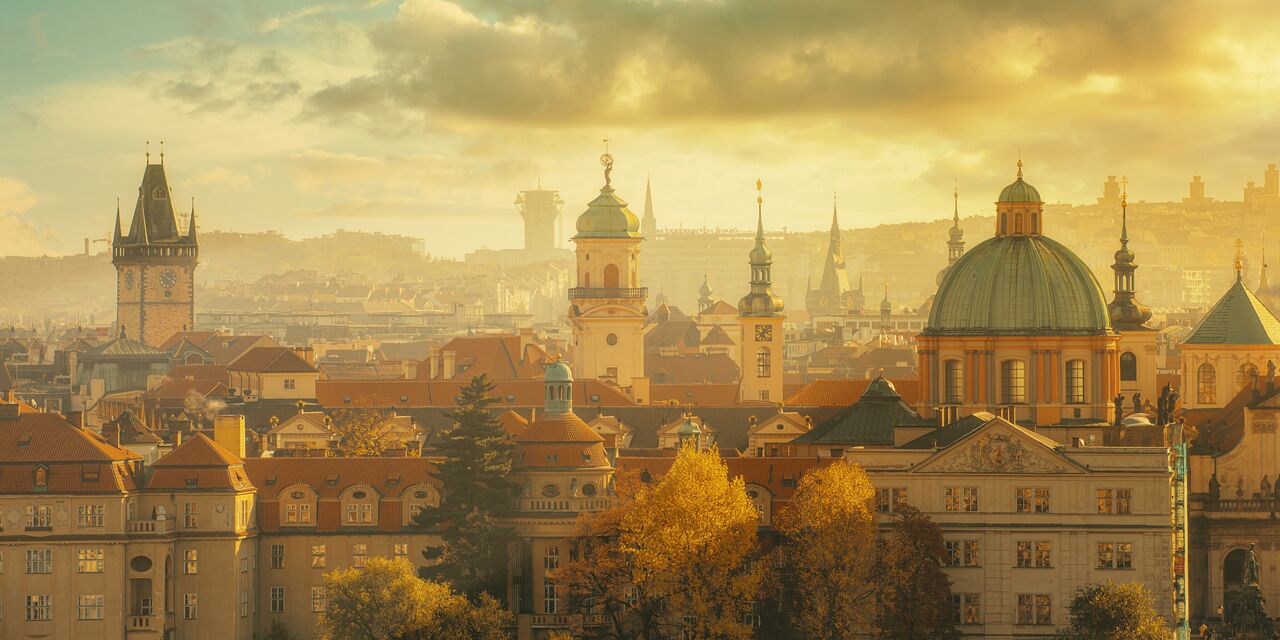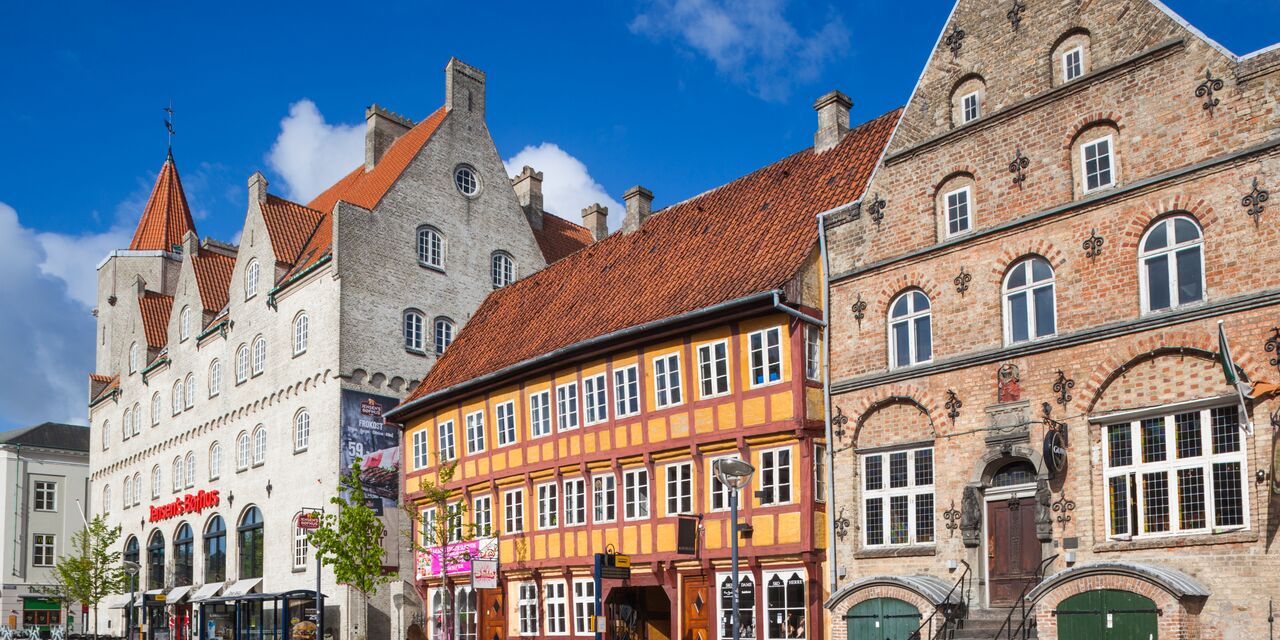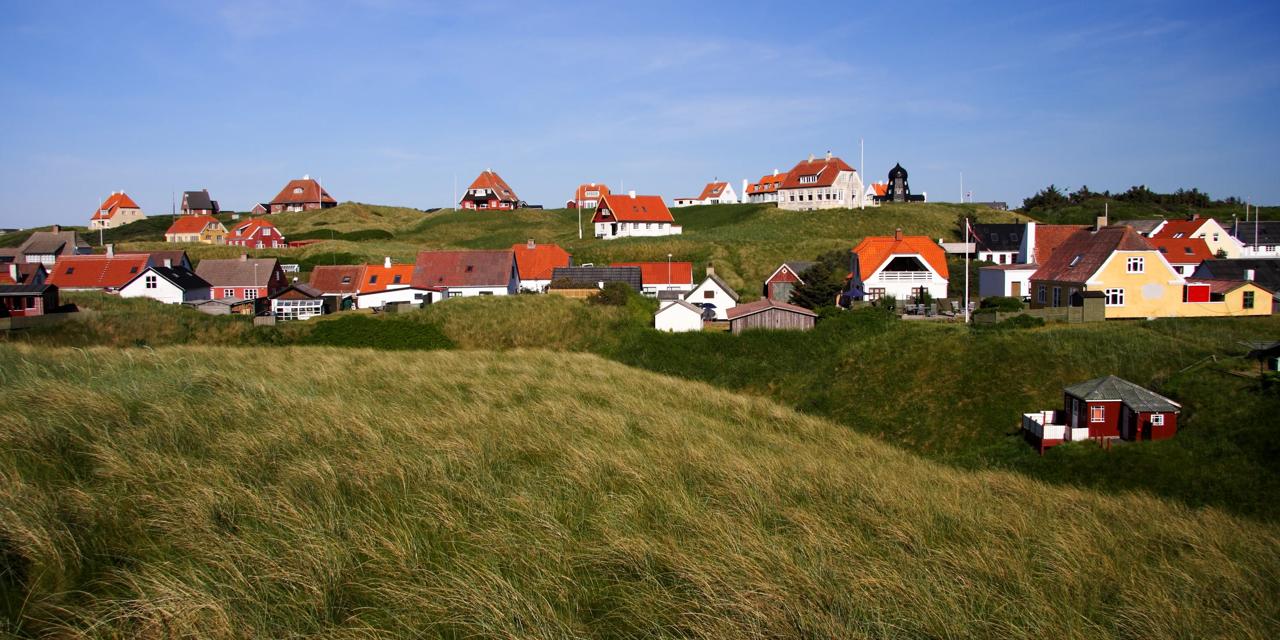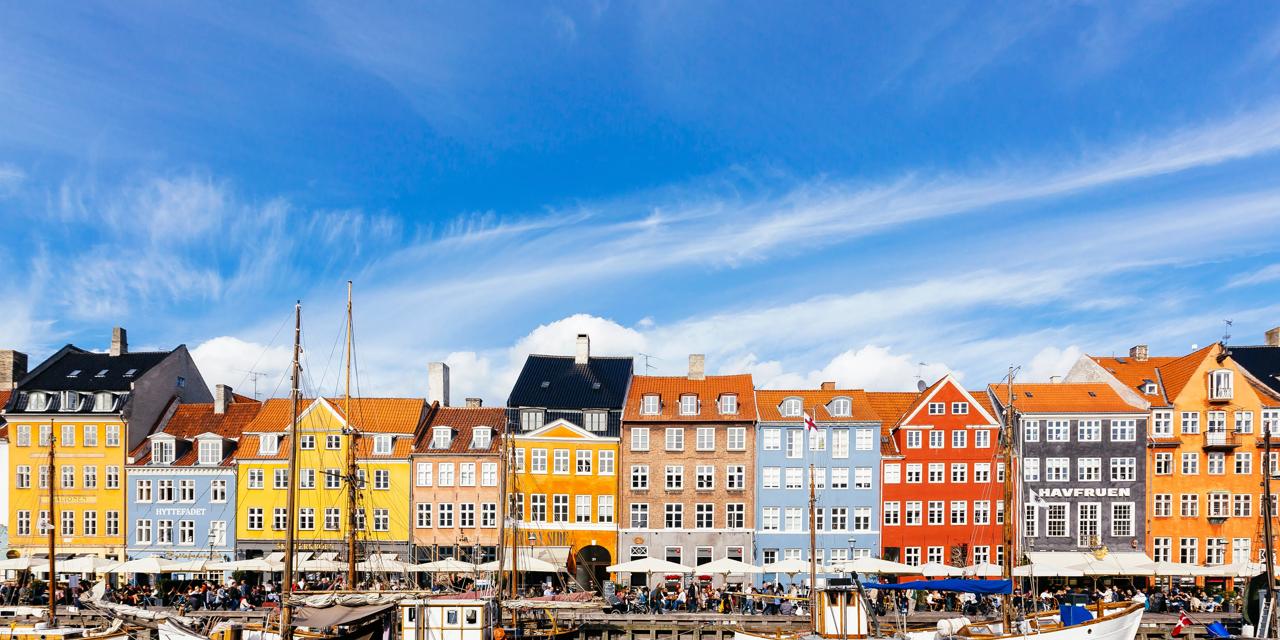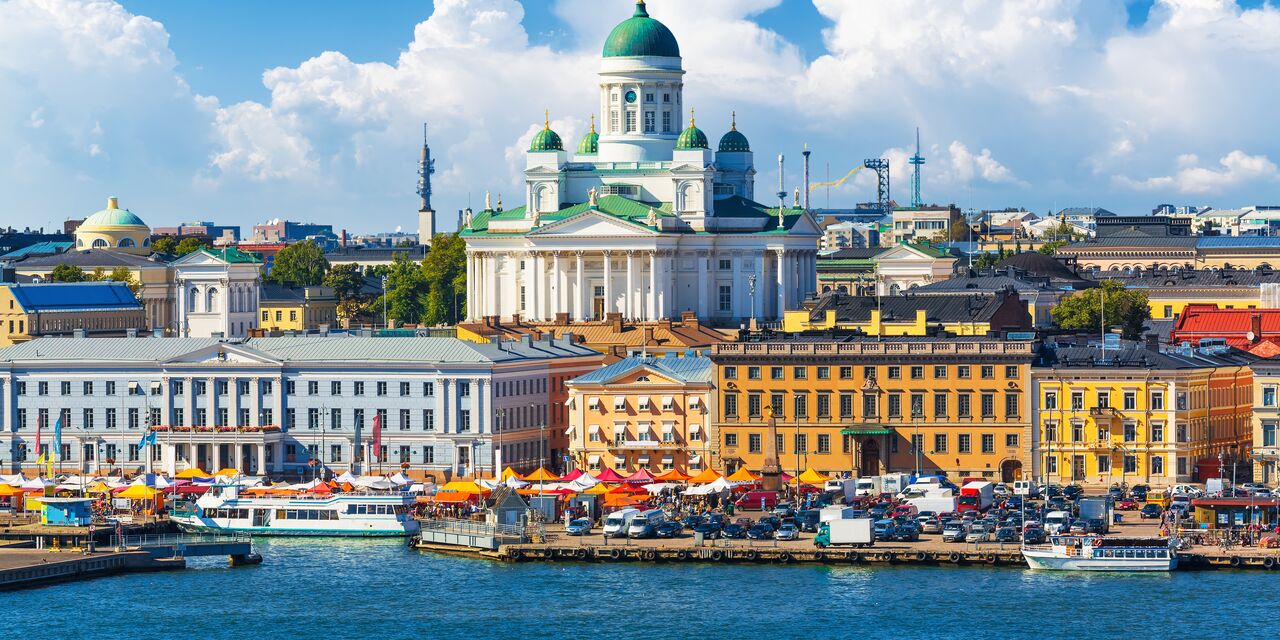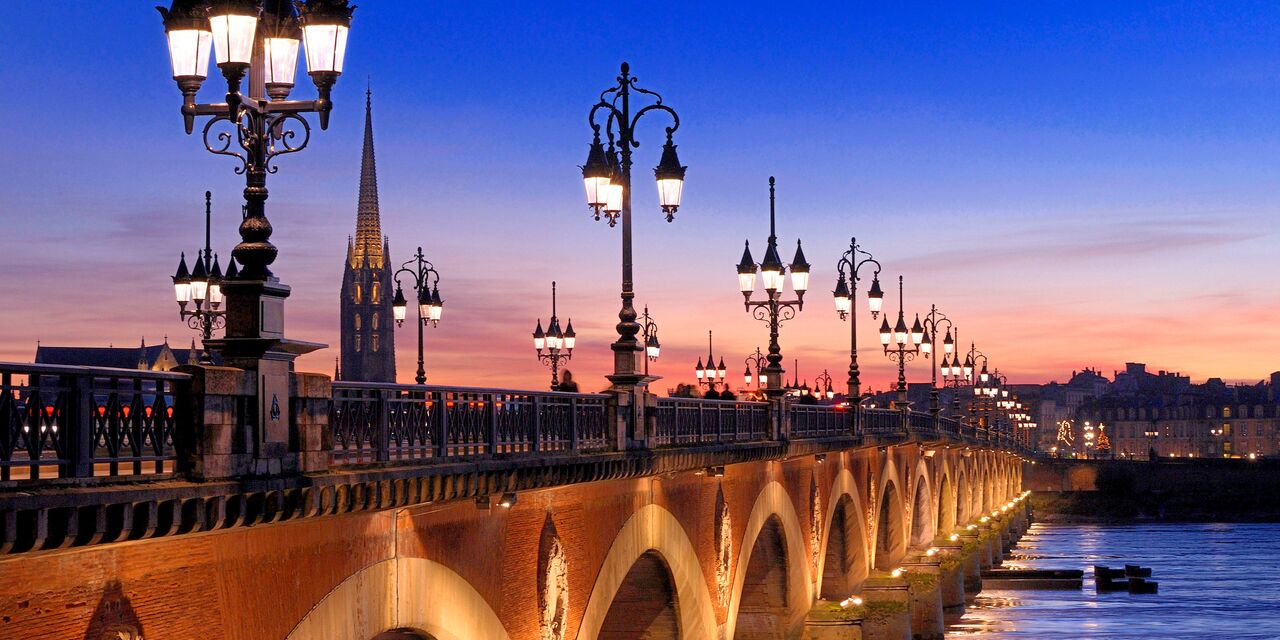Climbing Mount Etna
Even from the aeroplane, it’s hard to miss the majestic silhouette. Right behind the city of Catania, the mighty Mount Etna rises high above the green hills of Sicily. Imposing and seductive: you are drawn to take a closer look. And we highly recommend it. A visit to this active volcano, the highest in Europe, is an unforgettable experience.
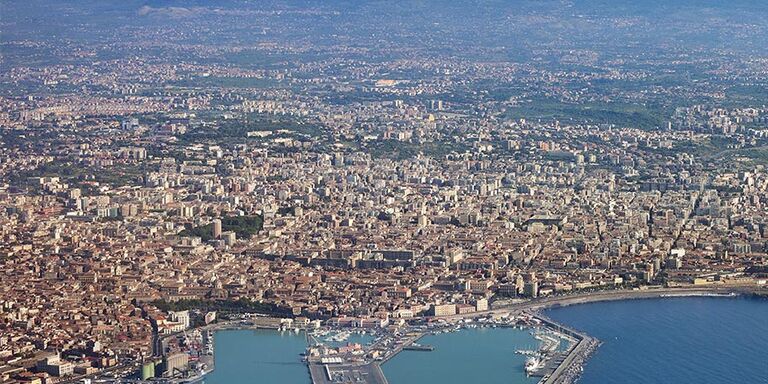
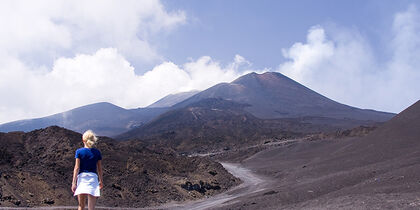
Active volcano
The top of Mount Etna is covered in snow until late spring; in winter, people even ski on the volcano’s slopes. You would almost forget that this is an active volcano; lava regularly bubbles to the surface. The last time was in 2009. The lava flow from a few years ago has left impressive marks in the region; in some areas it even runs across roads. However, a visit is a very low-risk affair as Mount Etna is closely monitored around the clock. Mount Etna is without a doubt a must-see force of nature.
By cable car, bus or on foot
At an elevation of 1,800 metres, visitors can hop on a cable car, the Funivia, and travel close to the summit of the volcano. At the top, 4x4 vans with a guide take visitors to the highest crater. But the most exciting option is to hike all the way up (with or without a guide). Along the way you can admire the spectacular natural landscape. On the lower slopes of the volcano you will encounter fluttering butterflies and blossoming flowers, while the higher verges reveal a captivating lunar landscape with red and black rocks. Old lava stones make a creaking sound below your feet. Various tour companies in Catania offer guided sunset or sunrise hikes for an even more unique experience.
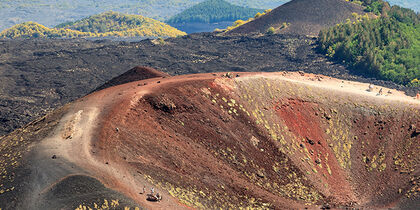
Steaming craters
The volcano provides plenty of reminders of its activity: sometimes you feel the heat emanate from the soil or see the steam rising from small craters. Once you reach the highest and largest crater, at approximately 2,900 meters, you will be rewarded with a panoramic view. The city of Catania and the Ionian Sea glisten in the distance and the mountain is surrounded by Mount Etna’s protected nature reserve. The east and north side of the volcano are much greener and covered by forest and vineyards: the grapes thrive in the fertile volcanic soil and make the delicious DOC Etna wine.
Discover other destinations in Europe
*The displayed prices are for one adult. All amounts are in EUR. Taxes and surcharges are included. No booking fee is applicable, but a payment surcharge may apply. Prices shown may vary depending on fare availability.
The weather forecast information is provided by World Weather Online. Air France-KLM is not responsible for the reliability of this data.

